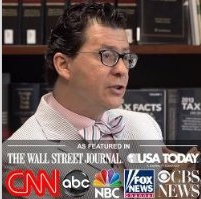
Money laundering is the process of disguising criminal proceeds—that is, the process of cleansing the taint from the proceeds of crime. Money laundering, as a very general matter, occurs when a person or organization earns money through certain illegal activities and then moves, attempts to move, or conspires to move that money in an attempt to obscure its origins or cause it to it appear legitimate (i.e., “launder” it to make it look clean). Common methods include disguising the source of the proceeds; changing the form of the proceeds; or moving the proceeds to a place where the proceeds are less likely to attract attention.
Federal statutes proscribe money laundering. The first federal Anti-Money Laundering statute was enacted in 1986 with the passage of the Money Laundering Control Act (“MLCA”), codified at 18 U.S.C. §§ 1956 and 1957. The MLCA was amended in 1988 by the Anti-Drug Abuse Act of 1988 (Pub. L. 100-690), which amended § 1956 to add a provision making it a crime to conduct or attempt to conduct a financial transaction involving the proceeds of criminal activity with the intent to violate § 7201 (attempted tax evasion) or § 7206 (false tax return) of the Internal Revenue Code of 1986. The MLCA was further amended in 1992 by the Annunzio-Wylie Anti-Money Laundering Act and the money laundering laws have been amended and supplemented in other subsequent enactments.























Recent Comments